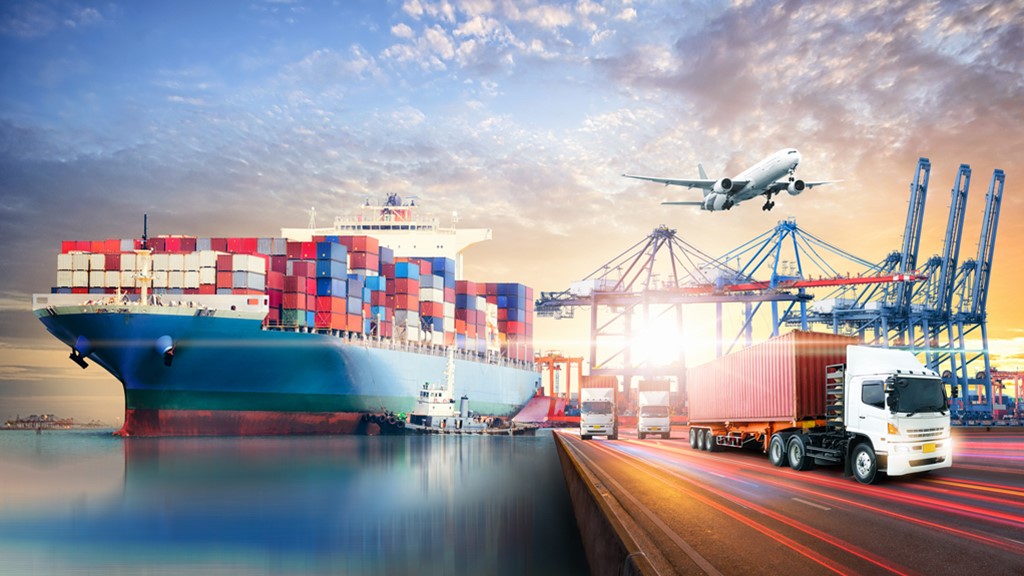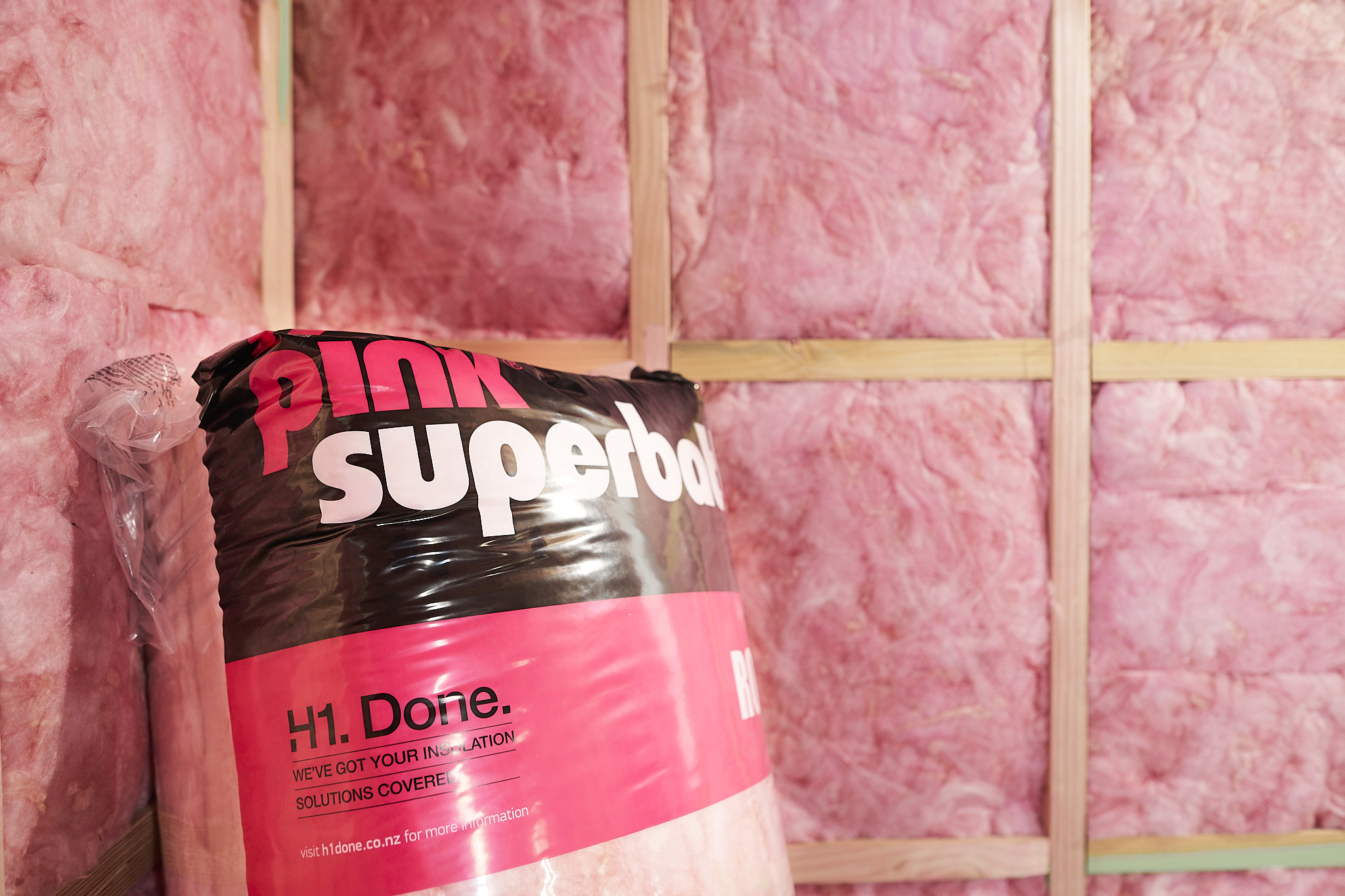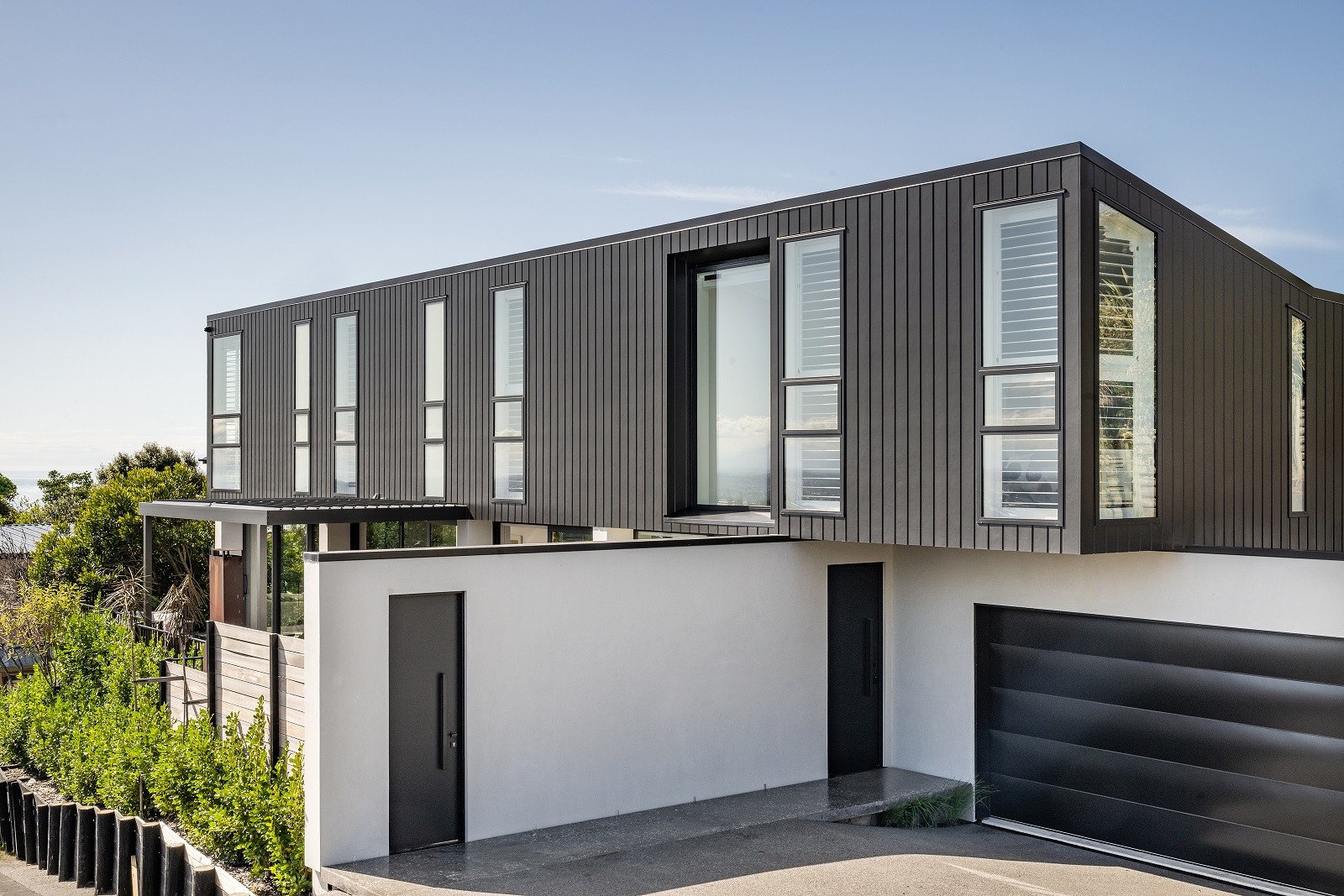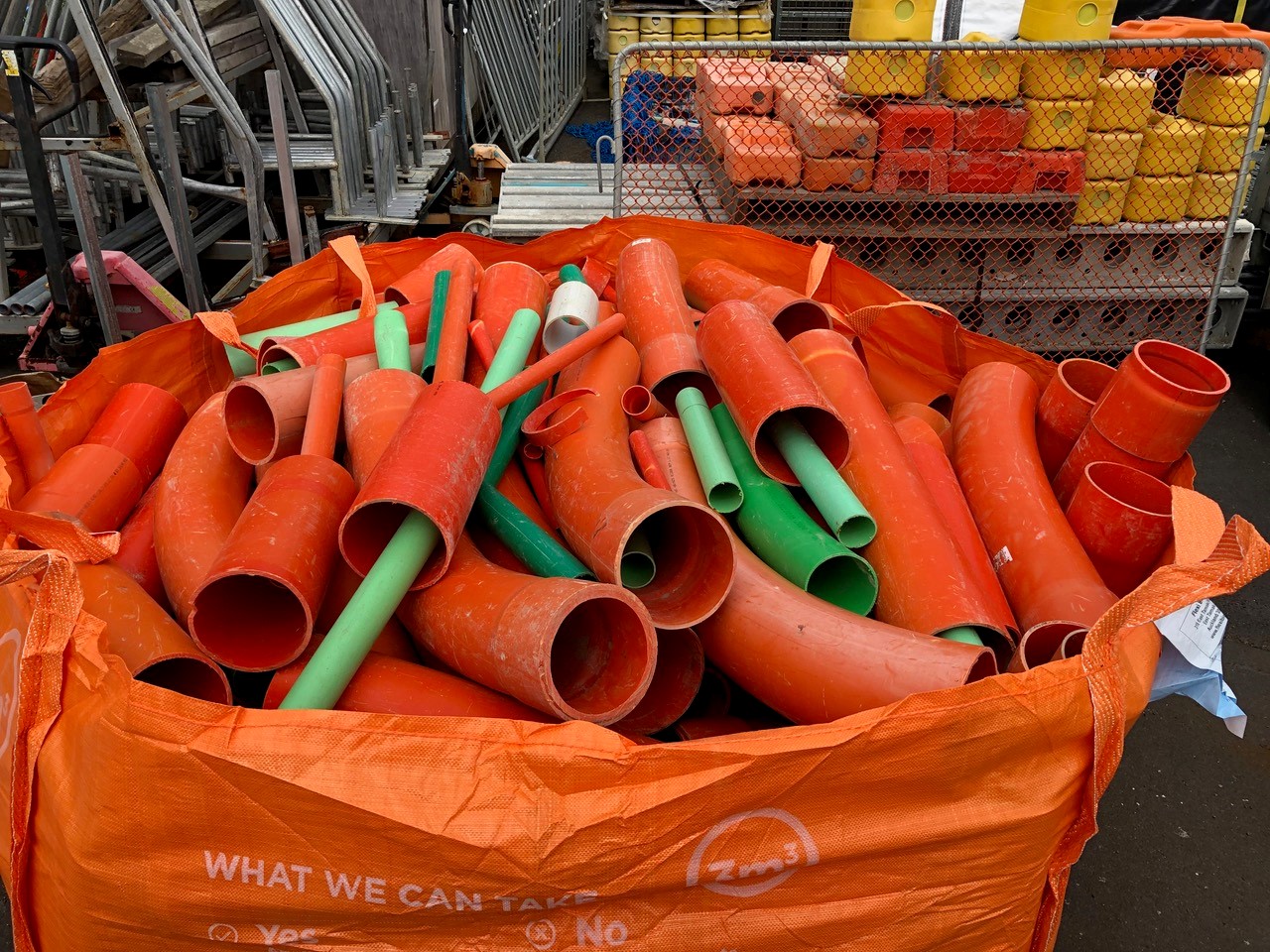Predictions for the post-pandemic
Last year’s pandemic promoted a lot of supposition about the future world. When we went into lockdown in 2020, there were distant hopes of a vaccine, but no clarity about when one would come through and how effective it would be. We still argued the benefits of masks or lockdowns. Many still considered the virus a hoax.
Almost everyone predicted a severe impact to the economy and the construction industry. Most predictions were somewhat wrong…
A year later, we’ve gained some clarity of what the post-pandemic world will look like and how we’ll do business in this changed economy. But will mass vaccination see us return to ‘normal’, or a move to a ‘new normal’, with some of the Covid-changes locked in for the foreseeable future? We asked some of our suppliers and partners for their predictions.
The Same, But Different
“As long as people have only two legs and two arms, there will be nothing new in clothing,” so said an anonymous fashion commentator. And so it is with construction. The same materials will need to be shipped to site, and assembled in largely the same way. For mostly the same types of consumer.
But the world has changed. Sudden dramatic rises in property values in New Zealand (and right around the world) is expected to exacerbate an increasing affordability crisis. Off the back of this, building consents reflect a move to more density, more smaller dwellings and more apartment/townhouse living – reversing the growth in dwelling size of the early part of this century.
Our post-Covid future will definitely have less green space around the dwelling. The Kiwi quarter acre, pavlova paradise was already a dream, but the pandemic may now have killed the dream entirely.
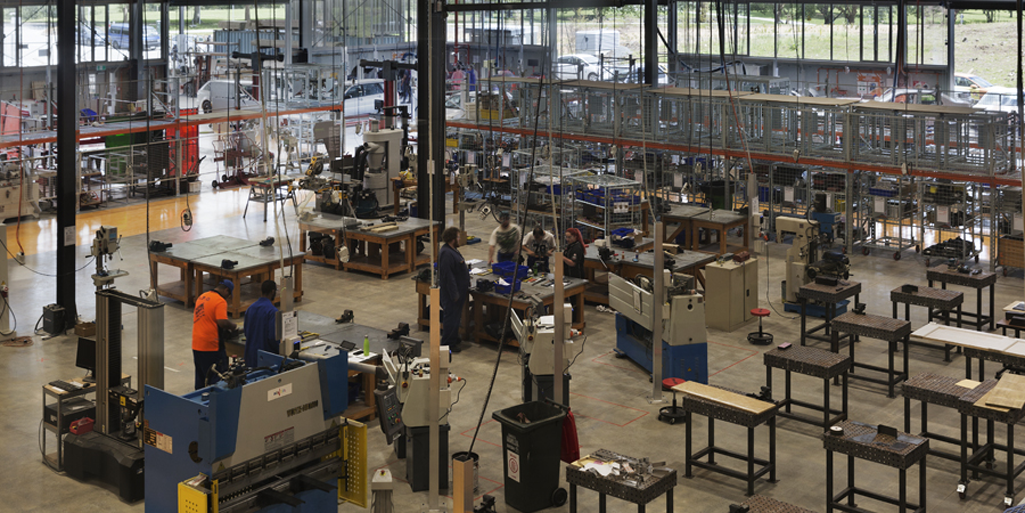
Light on Labour
An immediate impact of the pandemic last year was the sudden removal of the migrant worker, making labour and skill shortages an ever-present problem in almost every type of industry. It wasn’t just that we weren’t increasing our workforce fast enough, the non-renewal of thousands of visas saw many return home, where they now remain.
And with construction happening at a faster pace than at any time since the 1970s, that shortage of labour has shone a spotlight on the training of our own workforce.
But the news isn’t all bad. BCITO Chief Executive Toby Beaglehole says that his organisation has reached the milestone of 18,000 apprentices actively training, although demand for skilled workers is still outstripping supply.
“We are growing along with industry, so that we can support the high volume of people and businesses involved in training. We have never had this many people in training before in our entire thirty years of operation. With the Government support available, there’s never been a better time than now to get involved and train an apprentice,” he said.
That being said, there is an issue when it comes to finishing trades, such as brick and block layer areas, tilers, carpet layers and so forth. Another shortage at the moment is in the engineering design specification space.
Indications are that Government has no intention of turning the skilled migrant tap back on full once herd-immunity is achieved, so labour shortages in some cases, may continue for some time to come.

Site Safety
The pandemic taught us a lot about site management – ensuring workers and visitors are registered, scanned and traceable, and at times, mask-wearing and distanced. Despite the easing of restrictions, the systems have continued to be enforced on many large sites and many believe these will stay in place as a safeguard for future events.
Epidemiologists suggest that the Covid virus will continue to mutate and spread around the world for years to come, so maintaining a system that can rapidly be implemented is just good business management and likely to become a necessary extension of any health and safety plan.
And what can we learn about managing other illnesses on site? Will the adoption of Covid protocols see a reduction in influenza spread for example.
This gives rise to the question: will large building sites begin to demand vaccine passports for workers? And what liability will a company face if not?
“You're going to have to get vaccinated if you want to travel,” says Roger Wimsett from Gulf Contracting. “Maybe some of the bigger construction companies might just say, "Look, if they haven't been vaccinated, we don't really want you on our site."
“They are still managing things pretty tightly on most sites. Just due to the fact where we've been up and down Alert Levels a few times and no one wants that to happen again. Everyone's happy working in level one with the protocols in place, so I gather they'll just leave them in place as a safeguard,” Wimsett said.
Office Space
It isn’t only the building site that is showing some hangover from Covid changes. Throughout New Zealand and most other developed nations, workers are feeling the freedom of ditching the commute and embracing the zoom. Businesses such as architecture and accounting are reporting that the white collar worker no longer feels they should be chained to the office five days a week and may only turn up for one scheduled day in the office. So, is this the end of the corporate office?
“Covid showed us the potential of flexible models of working, and subsequent alert level changes cemented these,” says architect Mark Gascoigne.
“A lot of corporates we're working with are encouraging people to work from home, and a lot more will. For example, our accountants only require the their staff to be in the office on Wednesdays. And some of them actually work from home completely. We're looking at a similar scheme for our office. We've got to set up those systems ourselves,” Gascoigne says.
These changes are beginning to seriously impact CBD ecosystems, that have, until recently relied on a large mass of humanity streaming into the city each day to fill the large office floor-plates and to justify high lease costs and retail rents. Some businesses are already looking at reducing the size of their office space commitment, with more hotdesking and communal spaces.
But Lloyd Budd, Director Auckland Commercial and Industrial at Bayleys disagrees that this is the end of the CBD, saying in the last three months the Auckland CBD is “coming back to life” driven by a decrease in costs and more stock available. Naming 2 degrees, Zuru and Fidelity Life, plus a number of other confidential “big brand names” as returnees to the CBD – more than 3,000 staff in all moving into the city
Workplace and culture and staff attraction are important factors in the need to return to the big format offices. “After a year of working from home the companies are struggling to get people back to work and they’re finding it hard to maintain productivity. The culture is falling off and it’s harder to recruit and train people without that company culture,” Budd says.
As for a move to transform the CBD from commercial to residential, Budd says the options are limited in Auckland at least. “As a trend I get it, but the reality of Auckland buildings, with large floor plates, they’re just not built for it.”
Green Motivations
Globally, governments are spending money like there’s no tomorrow – to ensure that economies don’t crash and that workers aren’t laid off due to Covid-uncertainty. So, while infrastructure spending is the obvious target for government cash, why not take the opportunity to promote a nation’s green agenda as well?
All over the world the nation’s CBD’s especially are becoming the target for projects which reduce vehicle traffic and promote walking and cycling. But these green motivations aren’t limited to infrastructure and the industry has been put on notice that the building code is set to change. The Government plans to raise the minimum standards for new buildings, with maximum carbon budgets for new buildings, including all materials, construction and waste disposal. All intended to reduce the greenhouse gas emissions produced in the construction process.
It’s clear that, barring a significant change in policy by a government in the future, the Post-pandemic New Zealand will have environmental considerations built into every part of the building and planning process.
But are we seeing Covid accelerate that trend?
Sustainability and Offsite Manufacturing Consultant, Jane Henley, says “No”.
“I'm seeing the construction sector being heavily stimulated to get us out of this downturn, and the number of consents that have been issued in the last six months is higher than ever. That is good for business, but also means that there's very little appetite for innovation and doing things well.
“Because of the pressures that have come on the industry, prices have gone crazy and now there's just so many houses needing to be built fast and pretty dense. The risk is, with this type of pressure, that everyone scrambles a bit and we lose our focus on quality. I think the only way to stop that is for people in their purchasing decisions - they still have to value quality, because in the long run, after we get past this little blip, that house is still going to be there for 50 years. Here's hoping that there's enough consumer demand for green and sustainable homes that all this activity will end up increasing the overall quality of the building sector,” Henley said.

Supply Chain Disruption
Many hoped that the end of the pandemic would see the shelves and racks of the material suppliers returned to normal, but it seems the shortages are set to continue. Suez Canal blockages aside, global supply chains remain disrupted by both raw material supply issues and geo-political pressures. Many factors are at play. There is congestion at ports. The location of container ships and the shortage of containers. Ships from China facing a return without cargo, ramping up costs…
A key issue is that raw material supplies often come from poorer nations where Covid-19 is still rampant (and a vaccine rollout is still months away) and productivity is yet to return to pre-Covid levels. That, combined with a rebound in demand in some markets and severe limitations in freight availability, will likely see ripples of disruption flow through, and it won’t be equally distributed by nation nor by product category. The current situation has caused some to stockpile key materials, and placing forward orders instead of off-the-rack purchases is becoming more common.
Those we spoke to agreed that planning well, and being ready to pivot – fast – are essential aspects of post-covid business.
Aiden Jury, COO of Jennian Homes says: “I think it's just driven the importance of New Zealand manufacturing.
“From our business perspective, we pride ourself on our number of New Zealand manufactured, or New Zealand-thinking companies that we deal with.
“Yes, a lot them still import some componentry, but I would say most have done a really good job of gearing up. Our major supply partners, are holding quite a bit more inventory at the moment, but at the same time, we're giving them a lot better forecasting.”
“And I think the people that actually have the systems that provide the input and provide the better forecasting, are actually going to get looked after over the next months, as opposed to people who have often got away with being able to ring up today and say, "Can I have something in the next few days?" The answer's just, "No”."
“If you've got the foresight for what you're going to need, the value of your stock is worth more than money in the bank at the moment, isn't it? Because the stock is going up. I think the appreciation value of product going up, versus the interest that you're making, if you've got cash in the bank, you might as well turn it into product. It's going to make more money.”
Price Valuation
Material shortage, supply disruption, lack of trained staff, lack of raw materials… all these items are individually enough to raise prices, even without factoring in the rising cost of freight. But while these direct costs are pushing up prices, a change in mindset by construction businesses and builders is seeing them raising their prices for other reasons. These businesses are simply not prepared to cut their margins as thin as they did only two years ago.
One service company owner we spoke to told us that he’d raised prices because he was constantly at capacity and wanted to slow down the growth – “I really didn’t want to take on more staff and more risk and more stress,” he said.
Gulf’s Roger Wimsett agrees with the sentiment and adds that reducing the stress of work is also an important goal.
“I think the companies are looking more for their regular subcontractors to run with. They're happy with their protocols and their pricing and everyone's working pretty well. I don't think the same amount of price gouging is happening in the market.
“Everyone's got work and if you haven't got work, you really need to look at yourself, because there is an abundance of it out there and I can't see any sign of it slowing down.”
“Perhaps if Covid taught us one thing, it is to keep business in perspective and consider other values like a healthy lifestyle and family time and things.”
Let’s hope that these values are a thing we keep in a post-covid world!
